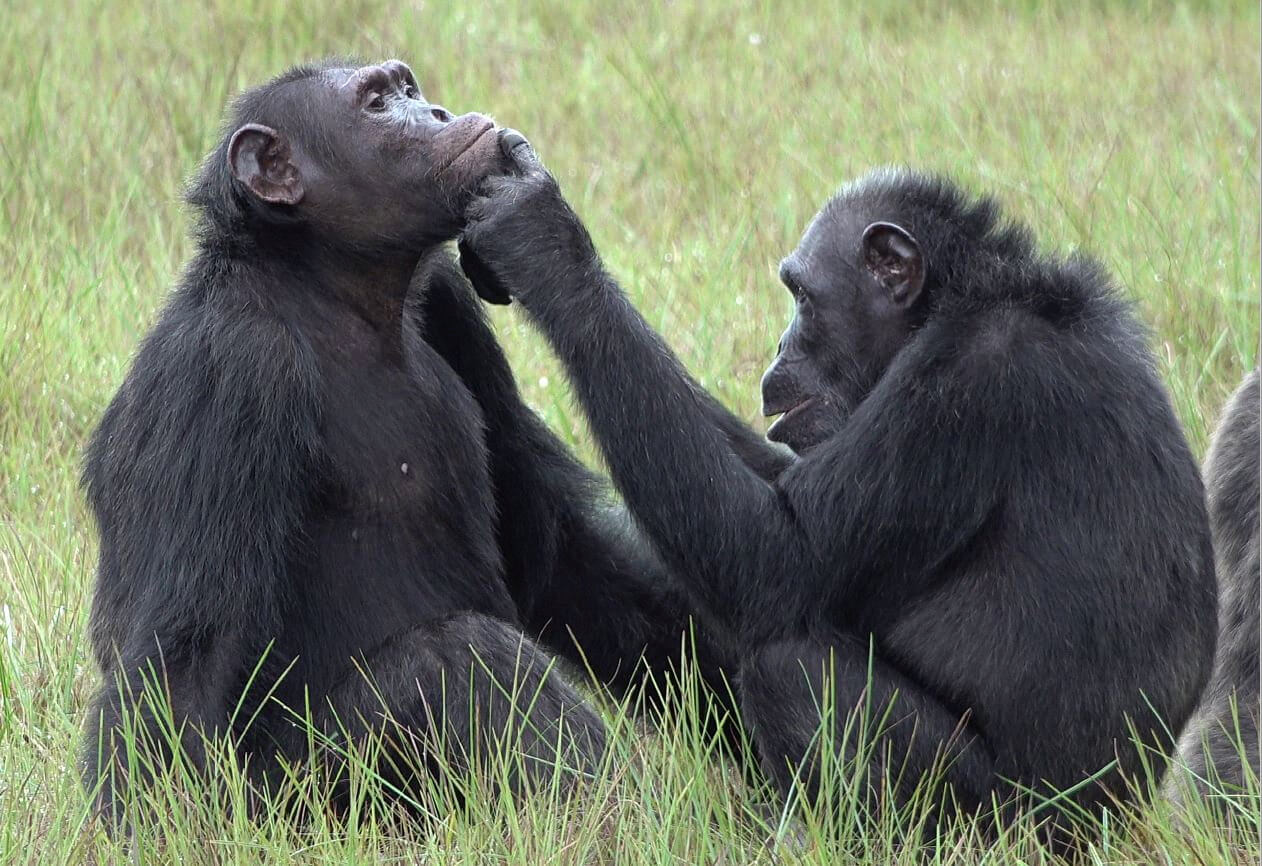STOCKHOLM, Sweden — While man is a mammal, just like all the others in many ways, humanity distinguishes itself from the world of wildlife thanks to our superior intellect and cognitive abilities. Now, fascinating new research out of Sweden points to yet another mental skill that appears to be exclusively human. Scientists at Stockholm University report that the ability to recall and keep track of ordered information is “probably” unique to mankind.
While humans use this “sense of order” countless times throughout a given day, during a conversation, or while planning out one’s schedule, for example, even our closest primate relatives like bonobos are unable to grasp this concept as we can.
“The study contributes another piece of the puzzle to the question of how the mental abilities of humans and other animals differ, and why only humans speak languages, plan space travel, and have learned to exploit the earth so efficiently that we now pose a serious threat to countless other life forms,” says Johan Lind, an associate professor in ethology and deputy director at the Center for Cultural Evolution at Stockholm University and an associate professor of ethology at Linköping University, in a media release.
Previous research conducted at Stockholm University has shown that humans alone exhibit the ability to recognize and remember sequential information. That same study concluded this capacity has long been a fundamental building block supporting human culture. However, earlier studies had never tested this sequence memory hypothesis on humanity’s closest relatives: the great apes.
Even this latest round of research focusing on bonobos, one of the great apes, found that they also struggle to learn the order of stimuli.
In a recently published book entitled “The Human Evolutionary Transition: From Animal Intelligence to Culture,” ethologists Magnus Enquist and Johan Lind at Stockholm University and Stefano Ghirlanda, a researcher in psychology at Brooklyn College in New York, describe a new theory regarding how humans turned into cultural beings. A central part of the theory pertains to the differences in how humans and animals recognize and remember sequential information and data.
“We have previously analyzed a large number of studies that suggest that only humans recognize and remember sequential information faithfully. But, even though we analyzed data from a number of mammals and birds, including monkeys, there has been a lack of information from our closest relatives, the other great apes,” Lind explains.

Across a series of experiments, researchers tested the memory skills of both bonobos and humans. This was accomplished by having both species press computer screens to, among other outcomes, learn to distinguish between short sequences. More specifically, subjects learned to press right if a yellow square appeared before a blue square, or press to the left if the blue square appeared before the yellow square.
“The study shows that bonobos forget that they have seen a blue square already five to 10 seconds after it has disappeared from the screen, and that they have great difficulty learning to distinguish the sequences blue-square-before-yellow-square from yellow-square-before-blue-square, even though they have been trained for thousands of trials,” comments Vera Vinken, associated with Stockholm University, now a PhD student in Great Britain at the Biosciences Institute, Newcastle University.
Conversely, study authors note that humans were able to pick up on and learn how to distinguish the short sequences nearly immediately. It still remains unclear how our closest relatives can remember and use sequential information.
“We now know that our closest relatives do not share the same sequential mental abilities with humans. But even if the results indicate that their working memory works in principle in the same way as in rats and pigeons, no one has yet demonstrated this in practice,” concludes Magnus Enquist, professor emeritus and one of the founders of the Center for Cultural Evolution.
All in all, these findings provide further support for the sequence memory-hypothesis, which states that at some point during human prehistory, we developed the ability to remember and process sequences. This evolutionary development would then go on to serve as a necessary mechanism for many uniquely human phenomena, including language, planning ability, and sequential thinking.
The study is published in the journal PLoS ONE.


A sense of order is a symptom of autism spectrum disorder and obsessive-compulsive disorder.
I believe BF demonstrated this ability could be acquired with white rats and pigeons.